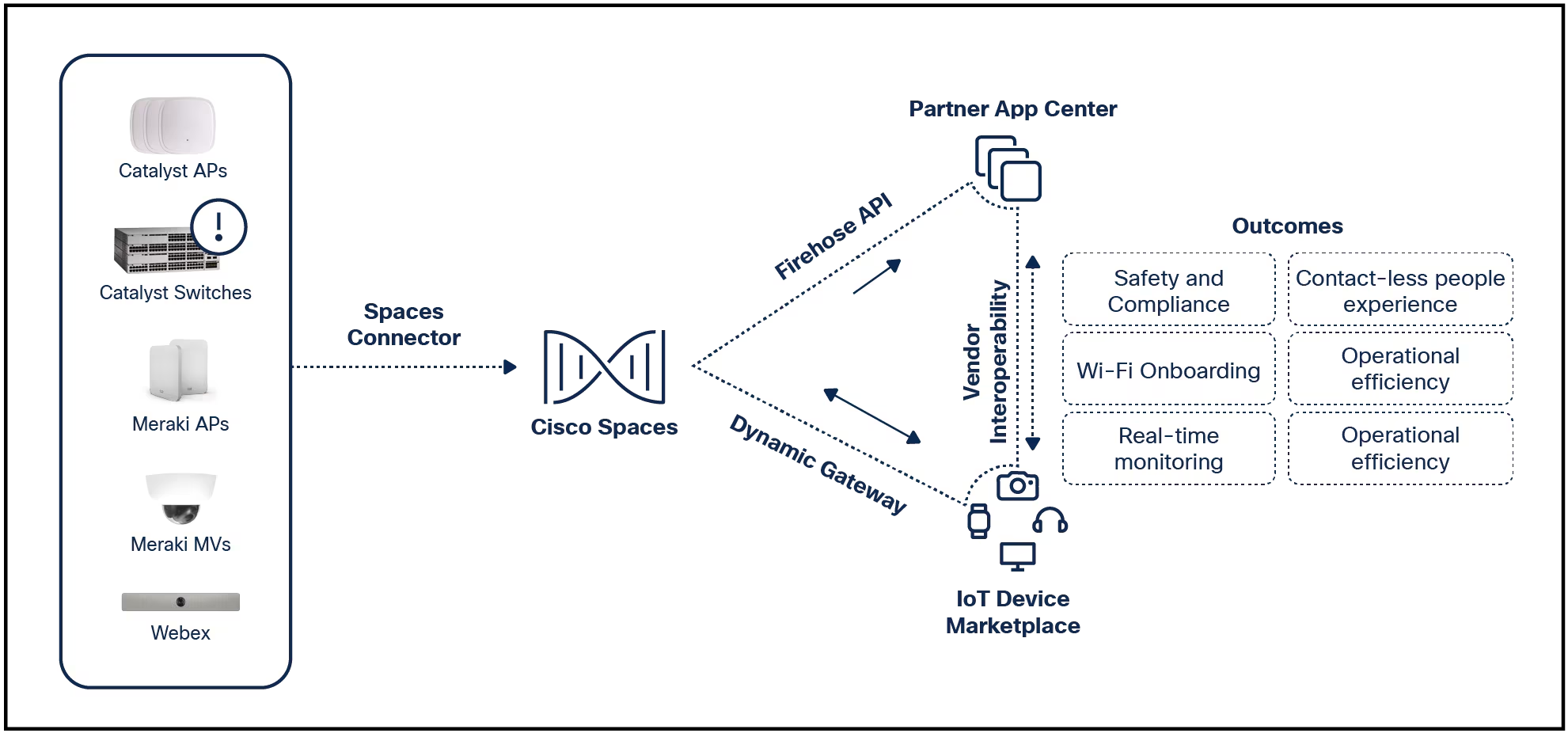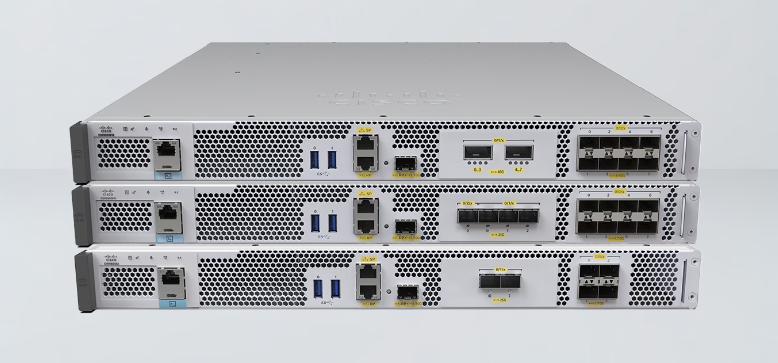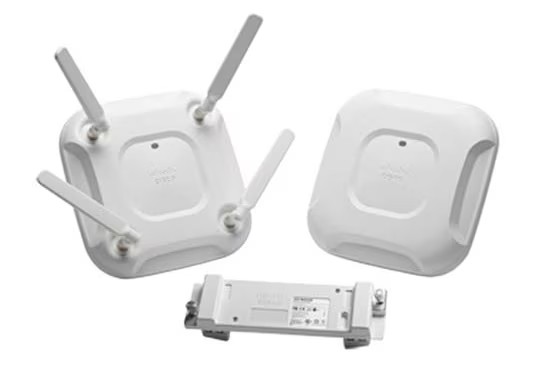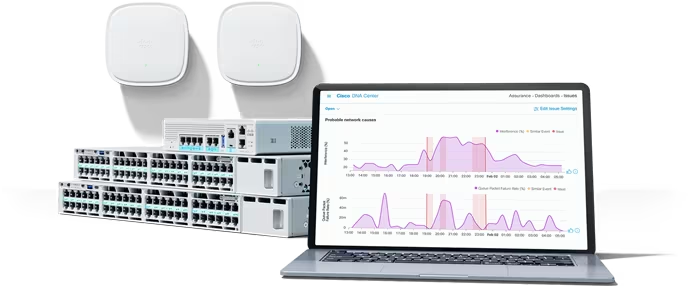































This article explains how to choose a motherboard, including finding the correct motherboard for your computer case and central processing unit (CPU), and other things to consider.
When buying a new motherboard as a replacement or as the backbone of a new PC you're building, there are some key factors to keep in mind.
Here are seven crucial elements to consider when choosing a motherboard:
Motherboard prices vary widely by model and manufacturer and can be as little as$50 or less or as much as$1,500. However, the more you spend on a motherboard, the more features you'll get. Here's a general overview of basic, average, and high-end motherboard prices.
| Price Range | Category | What You Can Expect |
|---|---|---|
| >$150 | Basic | Chipset: H510 and H610 (Intel), A520 (AMD)Socket: LGA1200 and LGA1700 (Intel), AM4 (AMD)Form Factor: mATX or Mini ITX |
| >$250 | Mid-Range | Chipset: B560 and B660 (Intel), B550 (AMD)Socket: LGA1200 and LGA1700 (Intel), AM4 (AMD)Form Factor: mATX, ATX, Mini ITX |
| $250 and higher | High-End | Chipset: Z590 and Z660 (Intel), X570 (AMD)Socket: LGA1200 and LGA1700 (Intel)Form Factor: ATX, Mini-ITX, E-ATX |
A CPU is a critical PC element that interprets and executes your hardware and software commands. If you're replacing or upgrading a motherboard, you can choose one that works with your existing CPU. But if you're buying a new CPU or building a PC, you'll also need a processor.
A mid-tier CPU will be powerful enough for multitasking and smooth operations to ensure maximum productivity for your PC for business use. If you're a gamer, you'll want a CPU with higher clock speeds and extensive RAM support. If you're a content creator, you'll want a CPU with enough RAM to support 4K video.
Check your CPU specs carefully to determine if they suit your intended uses.
The CPU socket is a critical factor when deciding what motherboard to buy. A motherboard's CPU socket type determines what CPUs you can use with the motherboard.
If you have a computer and need to replace the motherboard due to component failure or to upgrade it, select one with a socket that fits your existing CPU. Or, you can buy a new CPU.
If buying a new CPU replacement or building a new PC, determine what socket it fits after deciding on the CPU you want. For example, an Intel i7 Core i7-9700F processor requires a motherboard with support for the LGA 1151 socket, and an AMD Ryzen 9 5900X needs a motherboard with support for the AM4 socket.
To find out what socket you need, check your CPU's documentation or look it up on the CPU manufacturer's website. If you're shopping online, the socket is usually found somewhere on the listing for the CPU.
How to Check RAM and Motherboard Compatibility:max_bytes(150000):strip_icc()/GettyImages-1267327926-7d1724acc0504c8391f4e08bd8f150e9.jpg) Close up of a CPU socket and motherboard.
Close up of a CPU socket and motherboard. Narumon Bowonkitwanchai/Getty Images
Along with the CPU socket, a motherboard's form factor is one of the most critical elements to select.
If you already have a computer and need to replace the motherboard to upgrade it or due to component failure, select a motherboard with a socket that will fit your existing CPU and fit in your current case unless you want to buy a new CPU and case.
If you're building a new computer, select a motherboard that will accommodate the CPU you want and fit in your chosen case. When selecting a case, aesthetics plays a part, of course, but the more important consideration is the case's size and the type of motherboard it supports.
Here are the main types of motherboard form factors you'll use when building a custom PC:
Decide which case you want, and check if it's an ATX, Micro-ATX, or Mini-ITX case. You can look for a motherboard that matches the CPU socket you want to use.
What Motherboard Do I Have? 4 Ways to Find OutThe form factor of the motherboard doesn't affect the type of CPU you need to use. If the motherboard has the correct socket, you can use the same CPU with an ATX, Micro-ATX, or Mini-ITX motherboard.
After the CPU socket and form factor, the next most important factor is how many expansion ports, usually PCIe ports, the motherboard has and how many you think you'll need.
The two most common expansion ports to look for are PCIe x16 slots, which can accommodate graphics cards, and PCIe x1 slots, used for other expansion cards like adding extra USB ports. If you'd like to install two video cards, ensure the motherboard has two expansion ports that can accommodate video cards.
Most motherboards support PCIe 3.0, but some support the newer PCIe 4.0 and 5.0, which provide more bandwidth. If you have any PCIe cards or want to future-proof your selection, look for a board with PCIe 5.0 support.
It's also worth looking at the ports built into the motherboard. Motherboards will include a mix of USB-A, USB-C, audio ports, HDMI and DisplayPort, and even legacy ports like VGA, PS/2, parallel, and serial ports. Motherboards can also include Ethernet ports and other connectivity like built-in Wi-Fi and Bluetooth.
Consider which ports you're most likely to need, and select a motherboard that fits your requirements so you won't have to add an expansion card or USB hub immediately.
It's also important to look at how many RAM slots the motherboard has and how much total RAM it supports to meet your memory needs. This factor isn't crucial if your computer only needs to stream media, surf the web, and play basic games. Still, having the option to install more RAM is vital if you do any video or photo editing or play resource-intensive games.
You'll need to purchase a motherboard if you're building a new PC. You may need to replace the motherboard when upgrading or fixing your current PC. If you're buying a new motherboard as a replacement or building a PC, ensure you have the knowledge and instructions on how to proceed.
After buying a motherboard, you must install it on your current PC or the PC you're building. Before you begin, be sure to have your motherboard and PC manuals. Consult an experienced tech for help or outsource the task if you're not an expert.
Ensure all peripherals are removed and disconnected and the computer is off and unplugged. You'll open the desktop case, disconnect all internal hardware, and place the elements somewhere safe and static-free. Ensure all power supply cables are unplugged. Remove any screws securing the motherboard in place and carefully remove the motherboard tray.
How you proceed depends on whether you're reusing your old CPU and other hardware or installing new elements. Proceed carefully according to your motherboard's replacement instructions.
Before purchasing your motherboard, consider these additional tips.
A motherboard is a computer hardware element that connects various internal computer parts, including the CPU, memory modules, hard drives, expansion cards, and ports. Computer parts connect to the computer directly or with appropriate cables.
Macs and Windows PCs have motherboards, but Mac motherboards are generally called "logic boards." When you hear the term "motherboard," it's likely a Windows PC component.
A motherboard is like the backbone of a Windows PC, holding its elements together. It's one of your computer's most critical components because the rest is assembled around it. The CPU plugs into a special socket on the motherboard; expansion cards like your video card also plug into the motherboard, as does your hard drive and everything else.
If you're building a PC, you must make sure all the parts you need for your PC fit in the case, so get the exact dimensions of the motherboard and other components before deciding. Your motherboard will work in any case as long as it fits.
Most standalone sound cards will perform better than ones integrated into the motherboard. Some of the best sound cards include the Creative Sound Blaster Z and the EVGA NU Audio Card.
 Hot Tags :
Computers
Hot Tags :
Computers